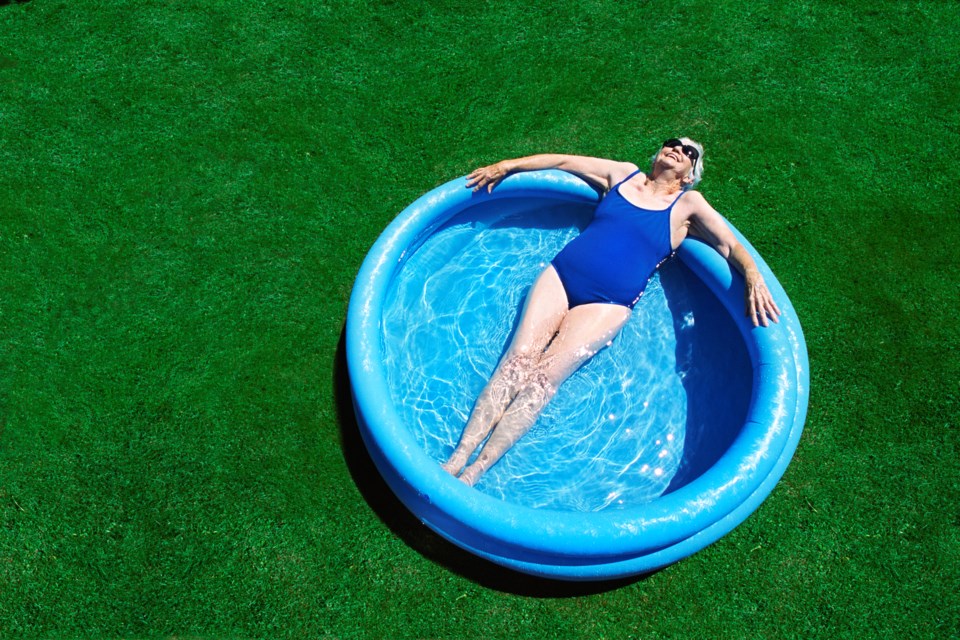Delta’s fire hazard rating was raised to high yesterday (Aug. 15) as the hair-dryer-like heat wave blasted the region.
Delta Fire and Emergency reminded the public in a Tweet to be vigilant and to call 911 to report any fires.
Under a high fire-hazard rating, the fire department continues to ask the public to safely extinguish cigarettes in glass or metal receptacles, instead of tossing them away.
Smoking is prohibited year-round anyway in all Delta parks and open spaces, while all campfires, open cooking fires and backyard bonfires are banned year-round across the city.
Briquette and propane barbecues are still permitted however, under a high fire-danger rating, although they’re banned under an extreme fire-danger rating.
The lengthy drought in Metro Vancouver has already seen Delta reach an extreme fire-danger level in mid July. That was cancelled after a few days of rain.
Environment Canada’s forecast for the next few days for is for a high of 25 C on Thursday, dipping to 22 C on Friday.
As of Wednesday, the heat warning for Metro Vancouver remains in place, with temperatures reaching up to 34 C, though cooler by the water.
“A strong ridge of high pressure remains over the south coast today. Well-above seasonal daytime temperatures combined with elevated overnight temperatures, will mean little relief from the heat,” said Environment Canada.
Fortunately for Delta’s hawks, eagles and owls, the heat wave arrived in August, and not July, when baby birds were still in their nests.
During the heat dome of 2021, which occurred earlier in the year, fledgling birds jumped out of their nests, whether they could fly or not, to escape the heat, resulting in 10 to 12 injured birds coming into the shelter daily.
Currently, things are normal at the Orphaned Wildlife Rehabilitation Society, said Rob Hope.
“If this heat we have now was a month or a month and a half ago, we would have been in the same boat as we were last heat dome,” he said.
Usually, two or three injured hawks or owls are brought to the shelter every day after the birds either fly into a shiny, reflective window, or were hit by a car while eating at the side of the road.
Often, raptors can pursue mice that have been drawn to the roadside when people toss out their apple cores or other food compostable scraps.
As the birds hunt the mice near the road, they’re hit by cars.


